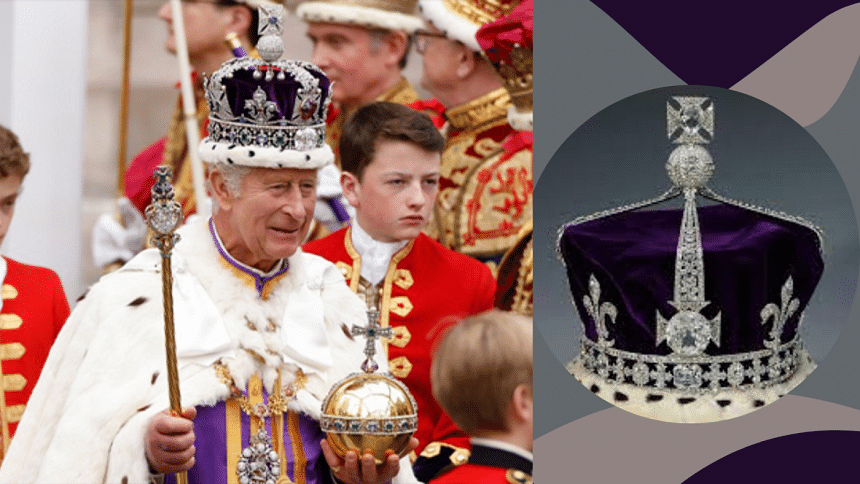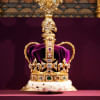Coronation and colonialism: The Kohinoor controversy

Dignitaries, celebrities and the crème de la crème of civil society flew in from around the world to make their presence known at King Charles' coronation, a once-in-a-generation event that took place on the 6 May, 2023. Very conspicuously missing from the opulent ceremony was the Kohinoor, originally a 105-carat diamond that has long been the subject of a spat between England and post-colonial India.
As much as England maintains that the Kohinoor was "gifted/surrendered" to Queen Victoria a few years before the 1857 revolt, and repeatedly shoots down any notion claiming otherwise, India, the birthplace of the diamond, has a different, arguably a more controversial version of the story to tell. Indians say that after having passed through Persia and Afghanistan, the diamond was inherited and owned by an eleven-year-old Sikh prince, Maharaja Duleep Singh, who was coerced into signing the gem away in return for freeing his mother, a British prisoner at that time. The diamond was promptly removed from its original setting and lopped off by as much as 85 carats into an oval shape that would suit the tastes of its new owners. Some say that the remodelling of the diamond is emblematic of India, which the British took the liberty to reshape into a diminished version of itself to suit their needs. It now takes up a position of pride at the museum in the Tower of London, advertised as a symbol of conquest through the centuries, quietly embodying decades of resentment from visitors from the Middle East or the Indian subcontinent.
Due to its sheer size and brilliance (it was said to be the size of a coconut and named Kohinoor, "mountain of light" for its sparkle), it charted a bitter and bloody path across Persia, Afghanistan, right down to India, igniting greed into the hearts of rulers everywhere — eerily and uncannily reminiscent of the fictional Ring of Power in the Lord of the Rings. It seemed that every prince who owned it died a gruesome death. Over time, and owing to the violent history associated with it, the Kohinoor is said to come with a curse: The lives of the men who own the precious gem would be filled with murder and mutilation, torture and treachery. Superstition or otherwise, the undeniably violent history of the Kohinoor made the British wary and ever since Queen Victoria donned it, the diamond has always been in possession of the wives of the male heirs to the throne.
Neither the Kohinoor's destructive history, nor the controversy surrounding its arrival to Britain has dimmed its shine — there seems to be no end to its claimants, from India, to Pakistan and even Iran and Afghanistan, especially ever since the death of Queen Elizabeth II. Undoubtedly, it has always played a starring role in coronations thus far.
This time, however, things were a little different. The Queen Consort Camilla decided to pass on the crown with the Kohinoor for Queen Mary's Coronation crown. It was a smooth, deft move to avoid yet another needless controversy that could have been fuelled by its presence and perhaps, to spare the feelings of all those who have resentments associated with it. Even if governments across the globe have started to address questions pertaining to the ownership of archaeological and cultural heritage, such as the return of the Benin Bronzes to Nigeria, there are those who believe that setting a precedent like that could prove risky and result in a domino effect for the British Museum which has several such items on display. Either way, the coronation is done, and the rightful heir to the throne is finally and firmly set on it. May the grace of the throne help him make prudent decisions!

 For all latest news, follow The Daily Star's Google News channel.
For all latest news, follow The Daily Star's Google News channel. 








Comments